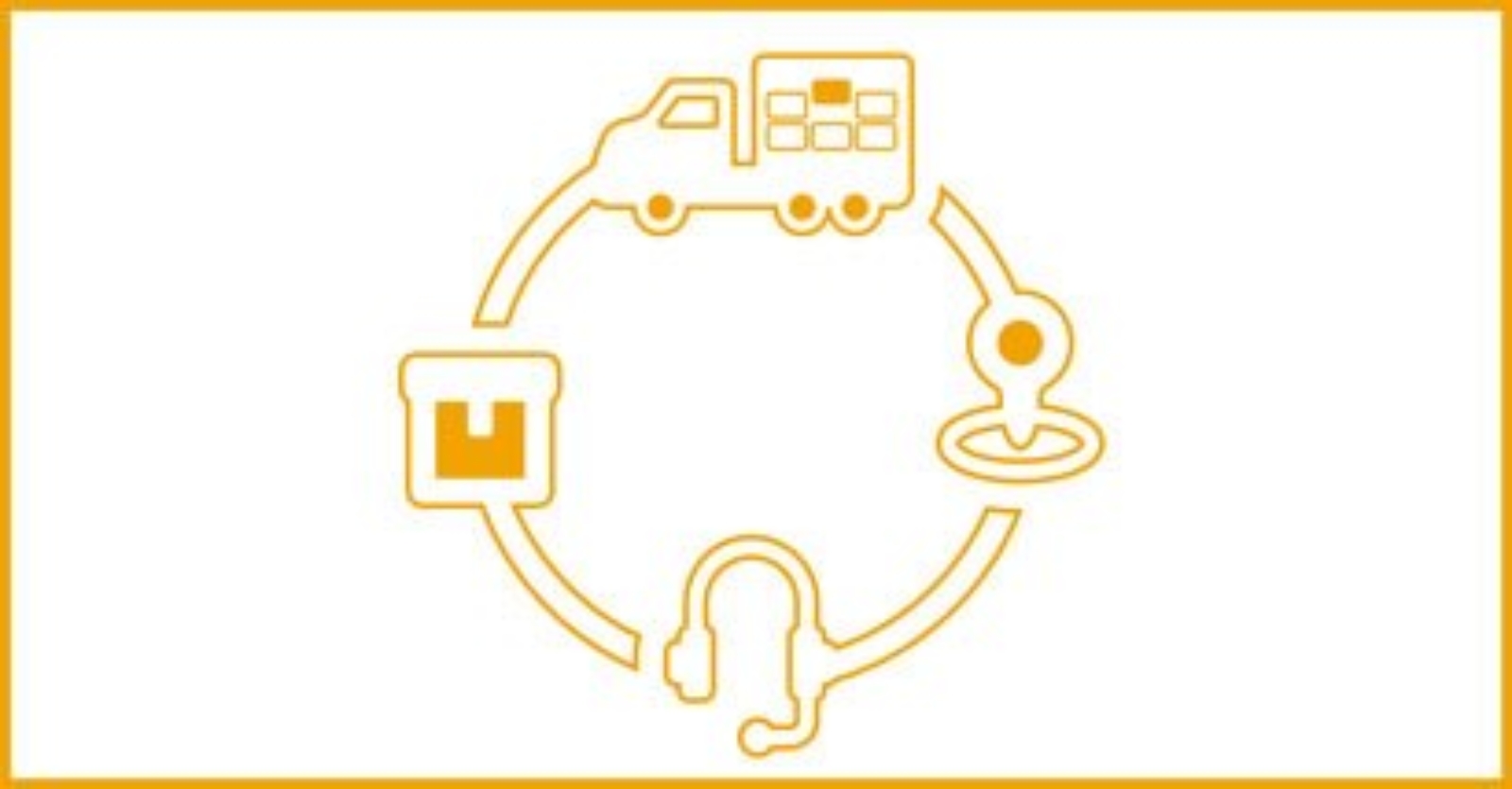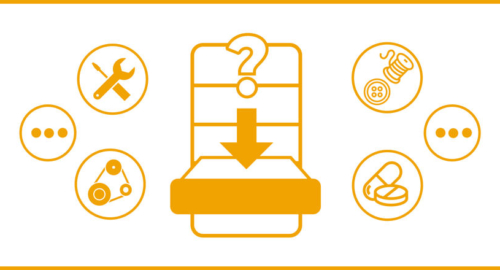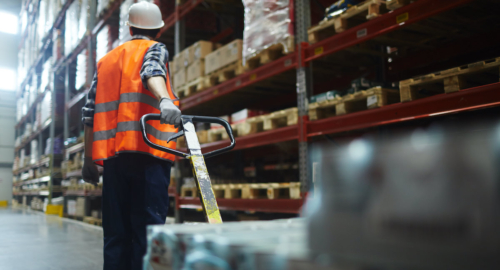The great digital transformation that has been affecting the entire industrial sector for some time is continuing to involve an ever-increasing number of businesses, which have realised that they need to invest in the best technologies and aim to digitise company processes in order to keep up to date and try to be more competitive on the market.
In fact, digital innovation is a must for all businesses wishing to achieve the best possible results in terms of both productivity and efficiency, and product and process quality can only be improved with the aid of smart, automated, interconnected systems.
Digital transformation for logistics: the new needs of businesses in the sector
These rapid changes in technology have inevitably also had immense impact on logistics, which are going through a crucial phase and are now being forced to undertake complete transformation and renewal.
For the most effective management of every link in the value chain, logistics managers increasingly need to have, not only full control of the general situation, but also a clear view of every link in the chain, and they require the very latest technologies to achieve this.
In fact, most companies which supply logistics services share the need to equip their plants with devices and new systems capable of updating Supply Chain managers in real time, and full control of the entire value chain is only possible through investment in digital transformation.
The optimisation of internal processes and those outside the company boundaries: the importance of technologies
Especially in those constantly evolving markets where it is essential to adapt to changes fast, the ability to coordinate the operations of all players within the supply chain can make all the difference, and be crucial for value creation and the sustainability of a competitive advantage.
In this context, focusing on optimising internal processes may not be enough, and to synchronise production flows to best effect and manage the various company activities in the simplest, quickest way, it may be advisable to integrate the different systems both within the company and along the Supply Chain.
From procurement planning to production, and from inventory management to delivery to final customers; it is only with the cooperation of all players within the value chain that high quality of service and a highly customised product can be delivered, especially if the ambitious project known as Supply Chain 4.0 is to be implemented.
IoT systems, cloud computing platforms, robots, automatic warehouses: the industry 4.0 technologies
The overall aim should be the construction of a “smart” company, with sensors and devices capable of providing logistics chain managers with information about the situation in real time and producing data which can really be consulted anywhere, anytime, just using an Internet connection.
To achieve this goal it may be useful to fully exploit the immense potential of technologies, such as IoT (Internet of Things) systems, which enable the performance of specific actions and the constant monitoring of information flows to ensure greater transparency, cloud computing platforms, which use innovative hardware and software to receive, process and store a large amount of data, or vertical automatic warehouses, which can be programmed to individual requirements, work even unattended and are fundamental for particularly delicate procedures or those requiring intensive physical effort.
It is only by investing in new technologies that companies can coordinate all activities and manage their value chain to best effect, so that the Supply Chain’s performance is also automatically improved.
It is no coincidence that Italy’s National Industry 4.0 Plan has just launched a programme of incentives intended to encourage new investments in operating assets controlled via sensors and computerised procedures, including:
- automated storage, handling and transport systems;
- collaborative robots;
- product traceability and automatic identification systems;
- automated warehouses interconnected with ERP systems;
- consumption management and monitoring systems, and systems for the automatic inspection of materials entering and leaving warehouses.
What is the role of automatic vertical warehouses?
Digital interconnection has been very positive in helping to increase the productivity of rather outdated machinery which had been hanging around in plants for some time and needed to be modernised to give them a lease of new life, but it has also had obvious influences on the decisions of logistics players, who have decided to also invest in new automated systems, such as vertical warehouses.
The installation of automatic vertical warehouses, which operate in synergy with modern company ERP systems, has not only allowed human involvement in product loading and unloading operations to be eliminated, thus also reducing accident risks, but has also made it possible to optimise spaces, save time previously spent finding products, manage the storage of goods more effectively, keep an eye on stock levels and monitor inventories closely to avoid unplanned production stoppages.
From Industry 4.0 to Supply Chain 4.0: the smart way to optimise logistics
At a time when companies are finding it more and more difficult to fully satisfy customers’ expectations, improve their level of service and offer a customised product, focusing on optimising logistics may be the first step in achieving improvements in relatively short times, but it is clear that the process of adapting to logistics 4.0 must proceed by degrees.
In some cases, human intervention may still be essential for specific tasks, but aiming for the complete digitisation of the business is no longer Utopian. Laying the foundations for creating a Supply Chain 4.0 is by no means impossible, and just following a few simple steps will provide a much more efficient value chain.
- Synchronise processes and adopt automatic systems to reduce the risk of errors.
- Exploit the interconnection between all the members of the value chain to update the customer during all phases of the production process, keep him informed about the status of his order and automatically also improve the Customer Experience.
- Standardise procedures and create a uniform information flow to speed up and streamline all processes.
- Constantly interact with suppliers, staff, customers and with all those involved in the value chain in general, to create a climate of trust within the Supply Chain, optimise processes, reduce waste and increase productivity.
- Plan the Supply Chain in detail, optimising logistics and managing stocks efficiently, in order to meet the various customers’ requests, raise the level of service and also reduce operating costs.
8 types of waste that Vertical Lift Modules can eliminate






